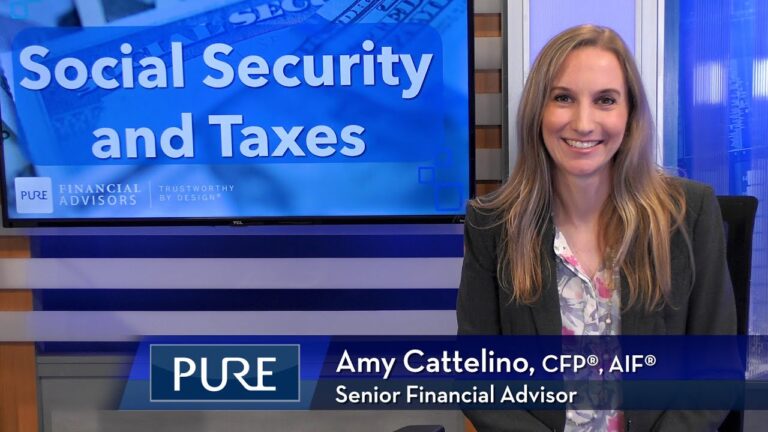There are so many non-profit causes worthy of your charitable gifts. You can donate to charity from your investments rather than writing a check! In this video, Kyle Stacey, CFP® outlines 3 planned giving strategies that will save you money on taxes, allowing you to stretch your donations to charity even further.
Transcript:
So today I want to talk about charitable giving and ways you can utilize your investments to accomplish some of your charitable endeavors. So one of those ways that you can look at is just simply gifting appreciated stock. So say you’ve got some appreciated stock. Maybe it’s Apple, you bought it at a pretty low price, it’s appreciated over time and you don’t necessarily want to pay the capital gains tax. What you could do is instead of giving cash to charity, you can gift some of the appreciated stock to charity. If it’s a qualified 501(c)(3), the charity receives the stock, they don’t pay taxes on it. You don’t pay taxes on it, and you get an immediate tax deduction in the year in which you gave that stock at its fair market value. In addition to that, you don’t have to pay the capital gains tax – so you get to kill two birds with one stone.
Another strategy you could take a look at is creating a donor-advised fund. So similarly to gifting appreciated stock, this works for individuals who may have a higher earnings year than any other particular year and want to lower their taxable income. So the way this works is you front load, essentially, multi-years worth of charitable giving in one particular year. So for instance, if someone is charitable to the tune of say $10,000 and they wanted to front-load five years of charitable giving, they would do a $50,000 donor-advised fund this year, take an immediate $50,000 tax deduction, and then you can see fit how you dole out those contributions to charity. You could do $5,000 one year, $15,000 the next. There’s no limit on how many charities as well. The only rub there is you only get the tax deduction in the year you create and fund that donor-advised fund. Any subsequent distributions out of that do not get tax deductions.
And then the third strategy you could take a look at is actually doing what’s called a qualified charitable distribution strategy or a QCD. Now the rub there is you’ve got to be over age 70 and a half. So you’ve got to be of RMD age. So if you have a qualified retirement plan like an IRA, 401(k) and the like, part – a portion or some or all of your RMD can actually go straight to charity. Now, you actually don’t get an immediate tax deduction for that, but you get something better. So instead of taking a deduction, the income that would otherwise come to you on the front of your tax return via RMD doesn’t show up. So instead of taking your RMD, having it show up on your tax return, then be taxable and then you gift it to charity, it just doesn’t show up on your tax return – which is really cool. So that’s a third strategy you can take a look at. Again, you don’t get the tax deduction, but better yet it doesn’t show up as income on your return.
So those are just a few ways you can utilize your investments to accomplish some of your charitable endeavors. There’s other tax-advantaged strategies you can take a look at such as creating deductions from those charitable contributions and then increasing income to then create tax-neutral strategies. Those are a little bit more advanced. So if you want to take a look at doing some planning that way, visit our website, we have a ton of content on the website, or if you wanted to come in and check out our free assessment, we can do that as well.












